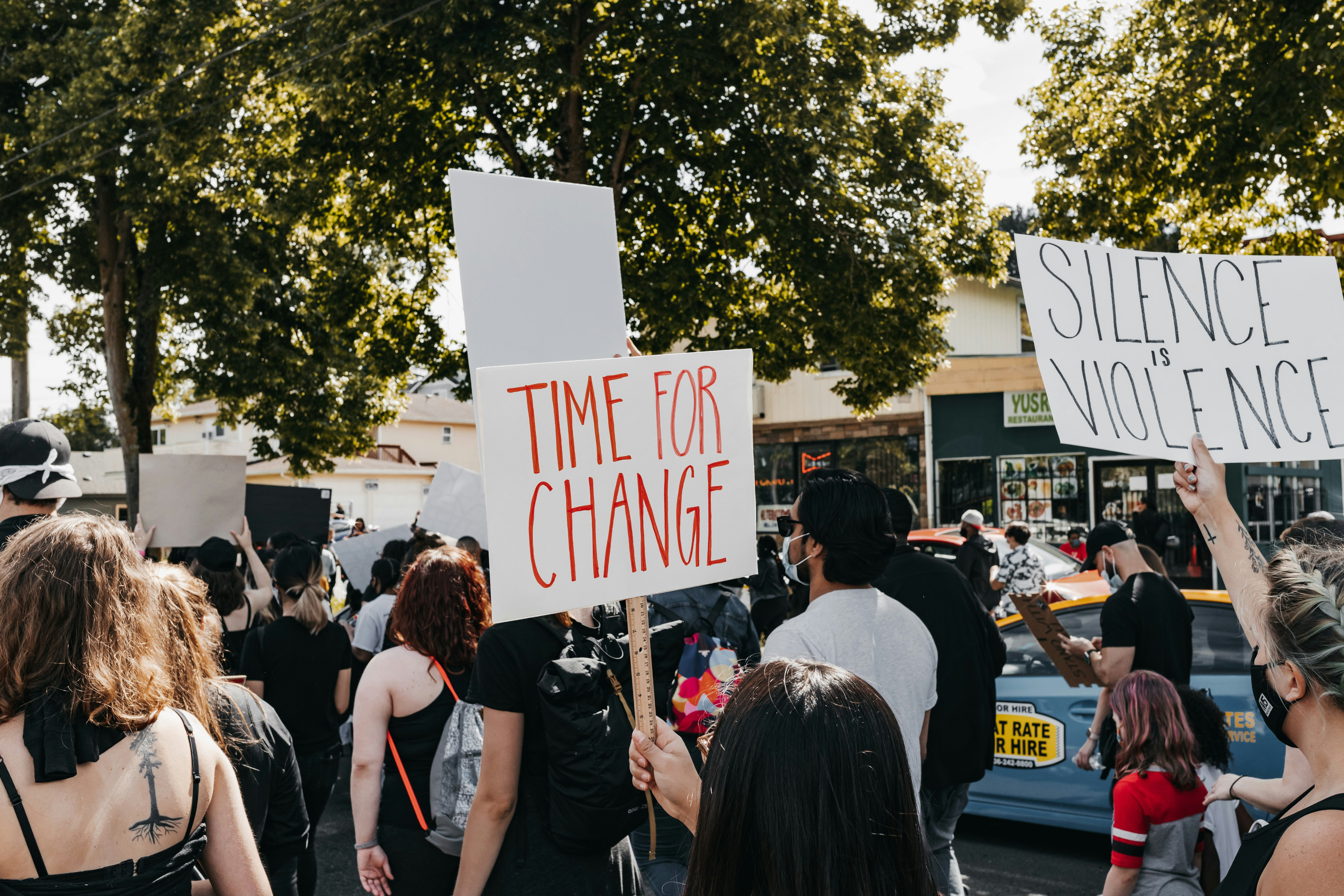The Rise of Reciprocal Altruism in Today's Society
Have you ever wondered about the increasing trend of people helping strangers without expecting anything in return? This is called reciprocal altruism, and it's shaping our society in profound ways. Read below to find out more about this fascinating phenomenon.

The Concept of Reciprocal Altruism
Reciprocal altruism, as a term, was first coined by Robert Trivers, an evolutionary biologist, to describe a behavior where an organism provides a benefit to another with the expectation that the favor will be returned in the future. This concept is increasingly relevant in today’s society, where acts of kindness and solidarity are becoming more prevalent, even among strangers.
Reciprocal Altruism in the Digital Age
In the age of social media and digital interactions, reciprocal altruism has found a new platform. People are increasingly willing to help others, even strangers, on online platforms. From crowdfunding campaigns for medical bills to sharing essential information during emergencies, the digital age has amplified the practice of reciprocal altruism.
The Social Impact of Reciprocal Altruism
The impact of this trend on society is profound. Reciprocal altruism fosters a sense of community and responsibility. It encourages empathy and understanding, and it strengthens social bonds. In a time of increasing polarization and social unrest, reciprocal altruism acts as a much-needed glue that holds communities together.
The Psychology Behind Reciprocal Altruism
The practice of reciprocal altruism is not just a societal trend; it’s deeply rooted in our psychology. Humans are inherently social creatures, and our survival and success as a species have always been dependent on our ability to cooperate and help each other. Reciprocal altruism is a reflection of this inherent trait.
The Future of Reciprocal Altruism
The future of reciprocal altruism looks promising. As we navigate through the uncertainties and complexities of modern life, the need for empathy, cooperation, and mutual aid becomes more important than ever. Reciprocal altruism is not just a trend; it’s a way of life that’s here to stay.
Useful Tips and Facts:
- Reciprocal altruism is not just about material help; it can also involve providing emotional support, sharing knowledge, or offering a listening ear.
- Social media platforms like Facebook, Twitter, and Instagram are playing a significant role in promoting reciprocal altruism.
- Some psychological theories suggest that people practice reciprocal altruism because it makes them feel good about themselves.
- Research has shown that practicing altruism can have positive effects on mental health.
To conclude, the rise of reciprocal altruism is a beacon of hope in an often divisive world. It shows that despite our differences, we have the capacity to reach out to each other, offer help, and build a more compassionate and cooperative society. As we move forward, let’s embrace the spirit of reciprocal altruism and make our world a better place.




